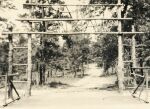 |
Facilities |
 |
Facilities |
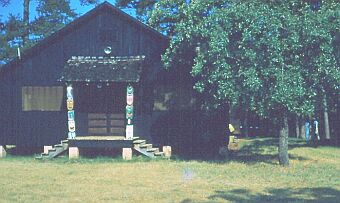 |
Pictured on the left is the front entrance to the main lodge. The camp office was located in this building. After the camp was closed in 1964, the building was moved twice, once to Henderson, TX, to continue Scouting activities and then to the edge of a 300 foot diameter meteorite strike and is now being used as The Rose Hill Steak House and Rose Amphitheater.
|
|
The canteen was on the back of the main lodge. It was not open during meal times. Otherwise it did a brisk business in selling "pop", camp items, candy, crafts, postage stamps and other sundry items that Scouts could not do without. |
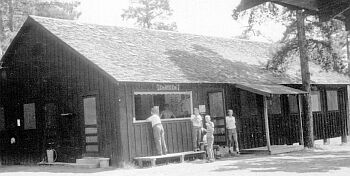 |
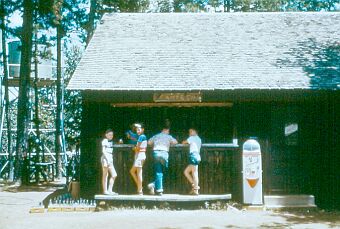 |
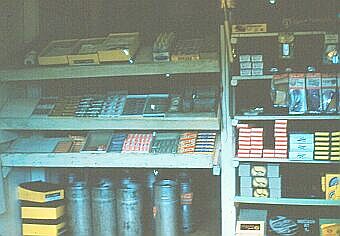 |
|
|
|
 |
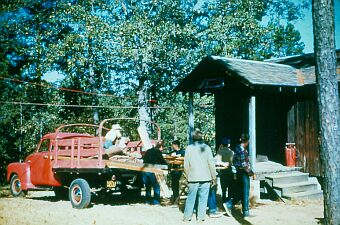 |
|
Note the numbers of the side of the building. They were numbered by campsite and indicated the equipment was available for that site. |
The camp truck was the workhorse of the camp. It brought in supplies for the kitchen, hauled equipment to the campsites and picked up garbage as needed. |
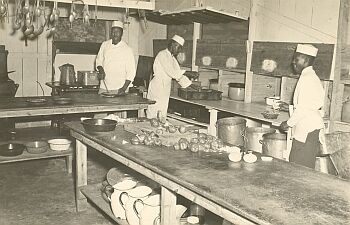 |
Cooks were hired locally. Here you see them preparing a meal to be taken to the campsite. It was not until later that a dining hall was erected near the kitchen and meals were served in the central area of camp. |
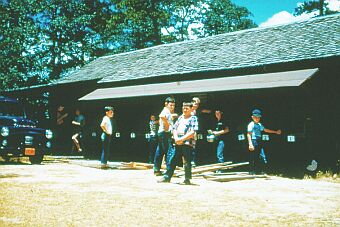 |
 |
|
Meals were prepared in a central kitchen under the watchful eye off. F. M. (Hoss) Arnold. A crew of four or five boys would be sent to camp headquarters with a two-man carrier wooden stretcher on which to bring cooked food back to the troop's campsite. |
The extra boys carried items that wouldn't fit such as the "bug juice." Occasionally, there would be an accident and some, or all, of the food would end up in Tonkawa sand. |
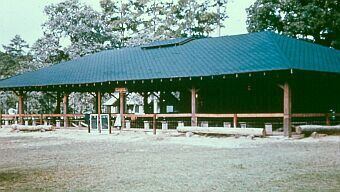 |
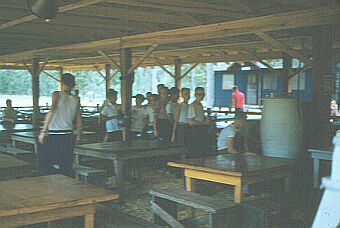 |
|
|
|
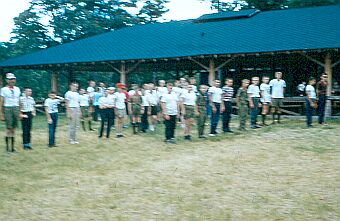 |
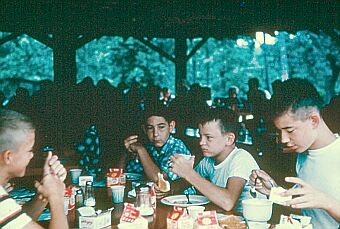 |
|
|
|
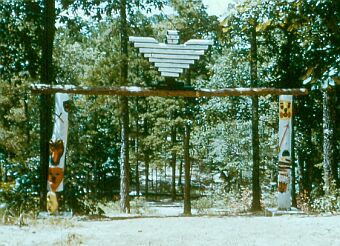 |
The ring was located next
to the river. the photo on the left shows the entrance to the ring.
On Parent's Night, everyone in camp went to the campfire for songs and
skits.
|
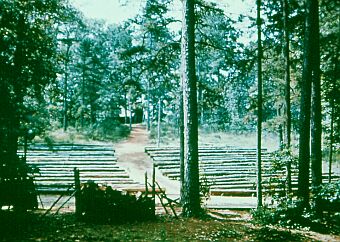 |
 |
|
|
|
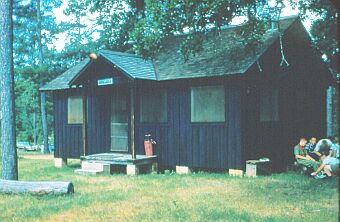 |
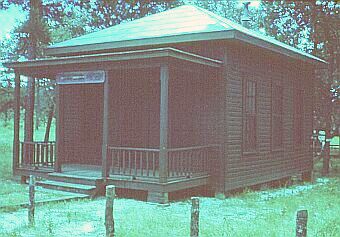 |
|
Here you see Scouts working on their First Aid skills. |
This museum had a neat collection of Indian artifacts. |
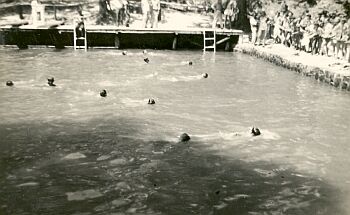 |
On Sunday afternoon, after a Troop had gone through the health lodge and checked out, they would go down to the swimming area where each Scout and leader would swim 50 yards and be classified as a Non-Swimmer, Beginner or Swimmer. They would receive instruction during the week according to their classification. The goal of the staff was to get the Scout to the next level. In the case of the Swimmer, they would work on the Swimming Merit Badge. |
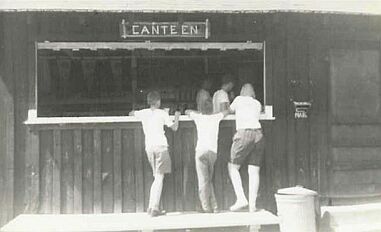 |
Canteen in 1962.
Photo provided by Ken Raney. |
| Quartermaster shed in 1962. Photo provided by Ken Raney | 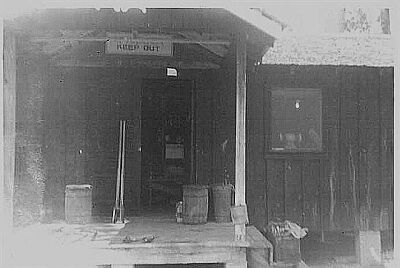 |
| Additional facility photos
will be posted as we receive them. If you have any of the facilities
not shown here, be sure and let the Webmaster know. His address can
be found at the bottom of the home page.
| Promotion | Remembrances | Other Photos |
|